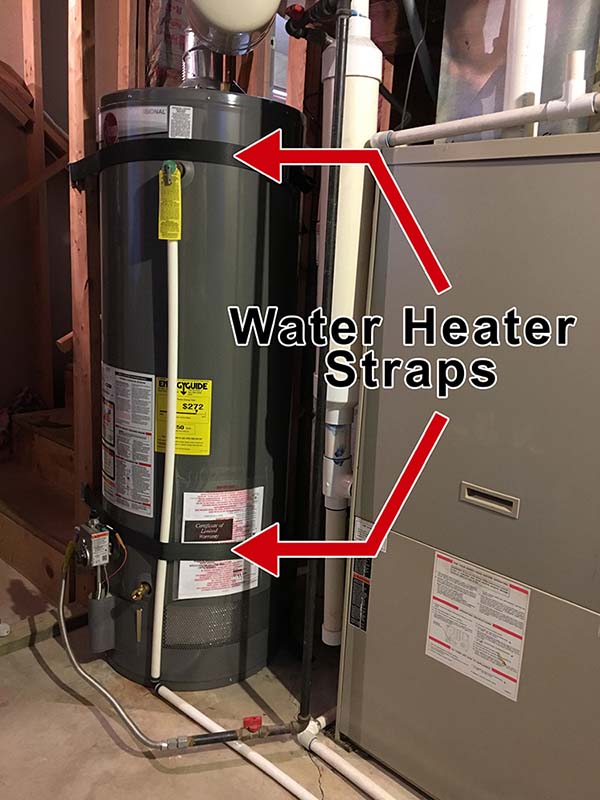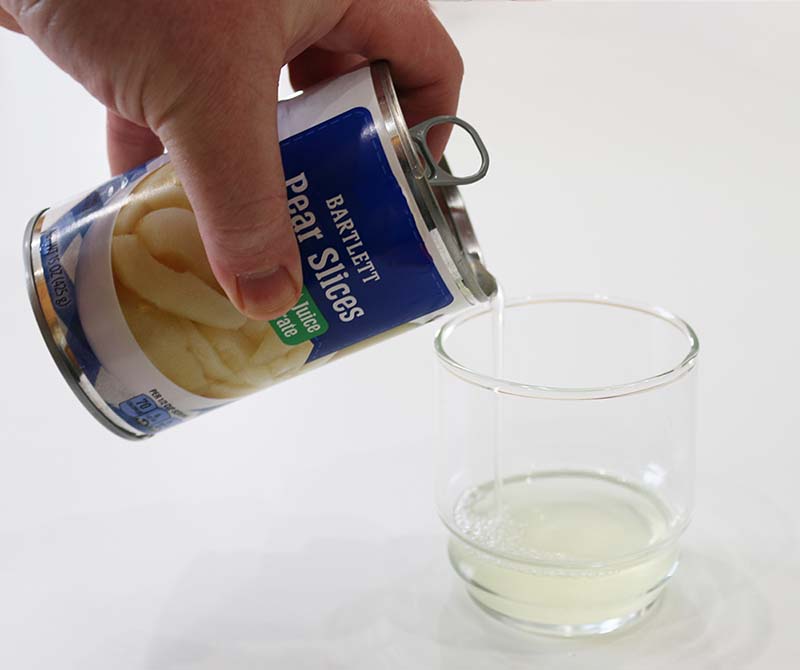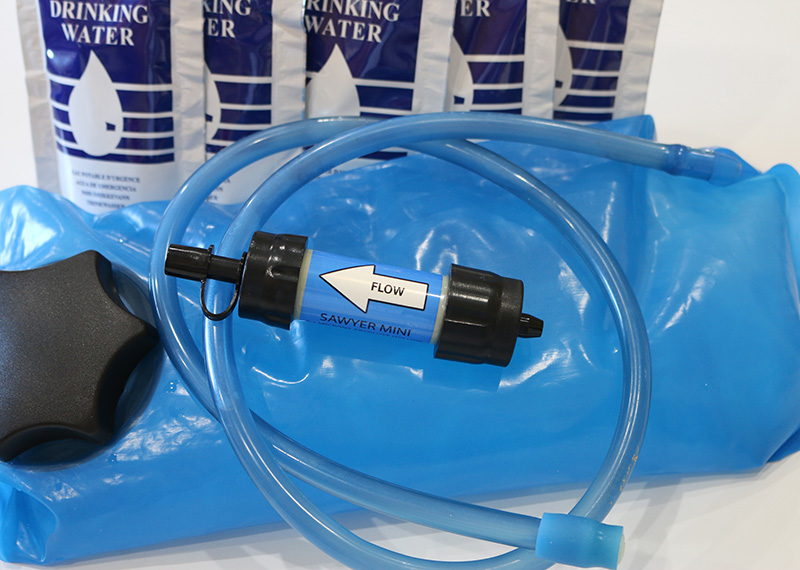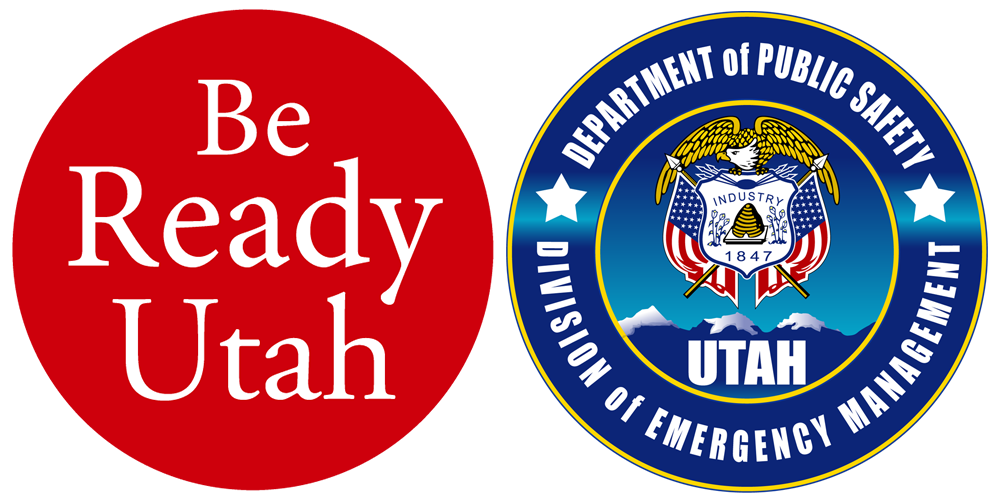 Other Sources of Water
Other Sources of Water
THE POINT
Water is one of the most important parts of emergency preparedness. And water storage is the first step in meeting your emergency water needs. There are other sources of water available in your home and around your community to help you, your family, and neighbors stretch all of your water resource needs. "Be ready" for an emergency with knowledge of where to find additional sources of water.
DO THIS
- Locate the main water shut-off valve in your home.
- Secure your water heater with earthquake water heater straps.
- Learn how to safely turn off the gas or electricity to your water heater.
- Locate outside sources of usable water in your community.
- Learn how to treat water for drinking.
- Gather and store water treatment supplies in your disaster supply kits and at home supplies.
Sources of Water in the Home
Store as much water as you have space and budget for with a minimum one gallon of water per person in the household per day, a minimum of two weeks or 14 gallons per person. This is your first priority. But did you know you have other sources of water already in your home, ready to use, that you may not have thought about?
-
House water pipes. Depending on your house, you could have around 20 to 40 gallons of clean drinking water in the pipes of your home right now. If an emergency happens that could affect the cleanliness of that water, like a flood or an earthquake, if you suspect the water lines may be contaminated, quickly shut-off the incoming water valve that connects your home to the municipal water supply. Don’t turn back on until told the water is safe by authorities. Locate that valve now and practice turning it off and on. This will not damage anything. If there is a problem or the valve will not close, contact a reliable plumber and get it fixed as soon as possible. Teach all responsible people in your household how, where, and when to turn off the water.

Home Water Shut-Off Valve
To dispense the water, shut-off the main valve, then open the highest valve or faucet in the house to let air into the system. Then you can dispense from the lowest faucet in the home.

- Water heater. There could be about 40 additional gallons of water in your hot water heater. To use this water, shut off incoming water at the main valve to the home. Then, following manufacturer's instructions in your water heater's user manual, shut off the gas or power supply to the heater. The water will most likely be very hot, so allow it to cool in the tank before dispensing from the bottom water spigot. This is another reason, besides preventing an explosive gas leak, to have your water heater safely strapped to the wall to keep it from falling over in the event of an earthquake, so you don't lose these precious gallons of water.
 Canned fruits and vegetables come packed in liquid. Though you may not want to drink it unless you were desperate, you can use this water in food preparation to spare your clean water for drinking. Be creative. Fruit juices can be used for breads and cookies while vegetable juices would work for preparing soups, pasta dishes, and rehydrating dehydrated or freeze-dried meals.
Canned fruits and vegetables come packed in liquid. Though you may not want to drink it unless you were desperate, you can use this water in food preparation to spare your clean water for drinking. Be creative. Fruit juices can be used for breads and cookies while vegetable juices would work for preparing soups, pasta dishes, and rehydrating dehydrated or freeze-dried meals.
- The tank behind the toilet, obviously NOT the bowl. This water, tank or bowl, is not recommended for drinking water. Tank water is often chemically treated and not safe for consumption. Instead, use this water for sanitation and cleaning purposes.
- Pools, hot tubs, and waterbeds are NOT recommended for use as drinking water even with high quality water treatments because the chemicals used in them are to difficult to be removed with even the best consumer water filters.
Sources of Water Outside the Home
 Whatever your source of water, don’t assume the water is clean just because it’s flowing and looks clean. Treat all outside water sources with caution. If there is any question as to the safety of your water, from inside OR outside sources, treat it. You can’t afford to get sick, especially during an emergency situation. Even if it looks clean – TREAT IT!
Whatever your source of water, don’t assume the water is clean just because it’s flowing and looks clean. Treat all outside water sources with caution. If there is any question as to the safety of your water, from inside OR outside sources, treat it. You can’t afford to get sick, especially during an emergency situation. Even if it looks clean – TREAT IT!
- Snow and ice. Don't eat snow and ice. It will quickly lower your body temperature to unsafe levels. Melt it first and then treat it before drinking. Always treat it.
- Rain. Catch and store rain water, but be sure to treat it before drinking. Find out if your roofing material is safe for collecting water. After a disaster, there may be debris in the air that is captured in the rain drops. Always treat it.
- Lakes, rivers, and streams. Find local places now for alternate, outside sources of water. Always choose the cleanest source. Remember to “drink upstream from the herd”, but there may still be another herd further upstream. Always treat it.
- Man-made water areas like fountains, golf course water traps, fish ponds, drainage ditches, etc. contain massive amounts of chemicals, fertilizers, and pesticides. DO NOT try to use these! They are too contaminated for commercially available treatments to effectively make the water safe for drinking.
12 Areas: Water
You can only last three to four days without it. Having a storage of clean drinking water and knowing how to safely treat more is vital to "be ready" for survival.
Click Here


Disaster Supply Kit: Water
Disaster supply kits need to be unique for each individual according to your own needs, abilities, and tastes. "Be ready" with the right water supplies in your emergency kits.
Click Here

